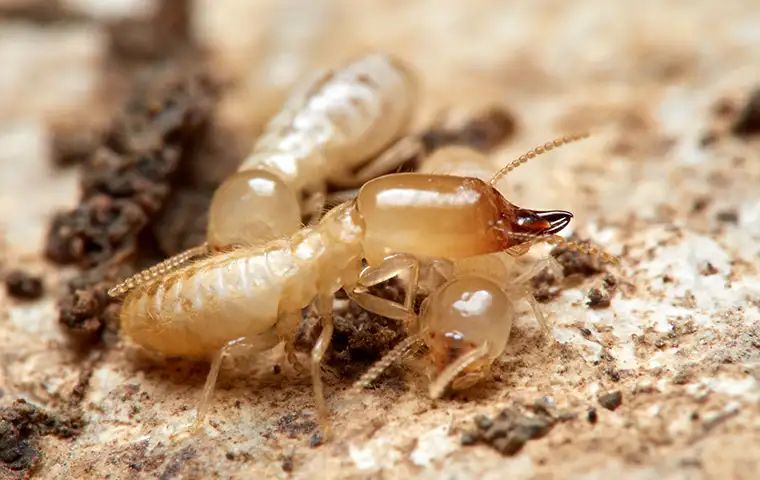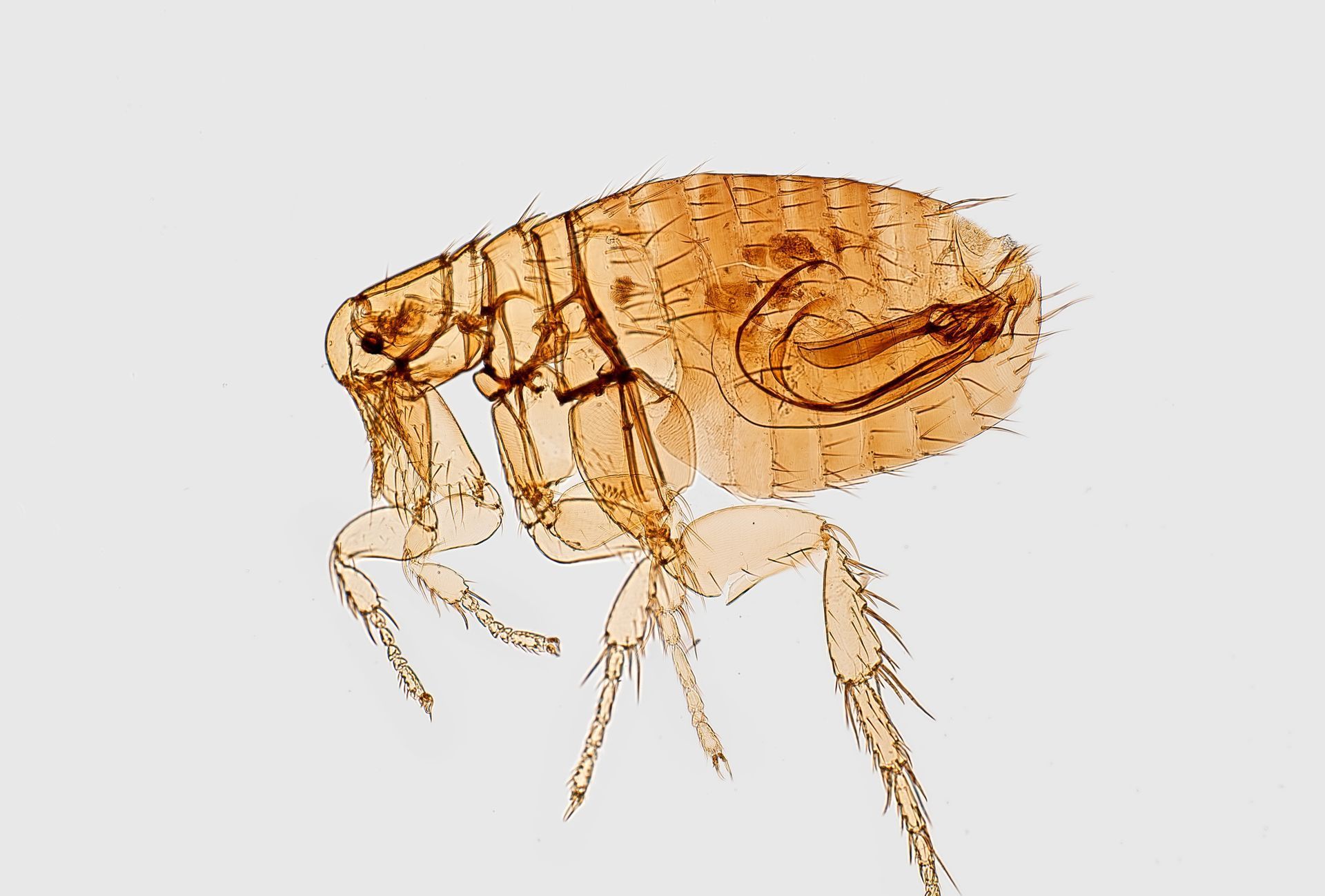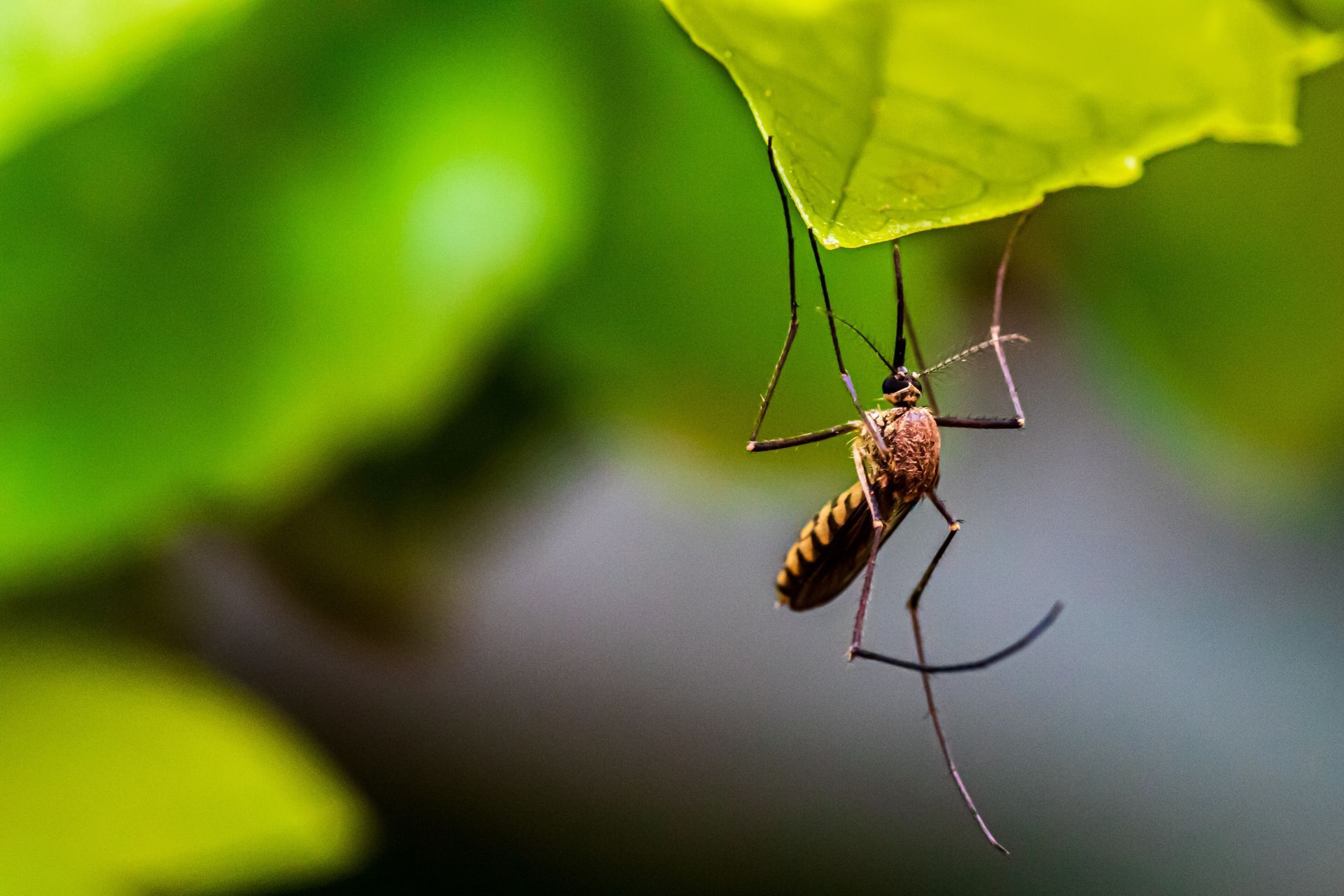Termite Behavior
Understanding Termite Behavior for Effective Control
Introduction:
Termites, often referred to as "silent destroyers," can wreak havoc on homes and structures. To effectively control and prevent termite infestations, it's crucial to delve into the intricate world of termite behavior. By understanding their habits, nesting preferences, and foraging patterns, homeowners and pest control professionals can implement targeted strategies to safeguard their properties. In this article, we explore key aspects of termite behavior and how this knowledge contributes to successful termite control.
The Social Structure of Termites:
Termites live in highly organized colonies with distinct castes, each serving a specific function. Understanding the social structure is fundamental to devising effective control measures:
1. Worker Termites:
- Majority of the colony.
- Responsible for foraging, feeding, and maintaining the nest.
- Lack wings and are typically pale in color.
2. Soldier Termites:
- Guard the colony against predators.
- Equipped with powerful jaws for defense.
- Play a vital role in protecting the queen and other colony members.
3. Queen Termites:
- The reproductive powerhouse.
- Constantly laying eggs to sustain the colony.
- Typically the largest termite in the colony.
4. King Termites:
- The mate of the queen.
- Involved in the reproductive process.
- Shares the responsibility of colony growth.
Foraging Patterns and Nesting Habits:
Understanding how termites search for food and establish nests is crucial for effective control:
1. Foraging Behavior:
- Termites forage for cellulose-based materials, primarily wood.
- Establish mud tubes to protect themselves while traveling between their nest and food sources.
2. Nesting Preferences:
- Subterranean termites build nests in soil.
- Drywood termites nest within the wood they consume.
- Dampwood termites prefer wood with high moisture content.
Termite Swarming and Reproduction:
1. Swarming Behavior:
- Winged reproductive termites, also known as alates, swarm to establish new colonies.
- Swarms are triggered by environmental factors like temperature and humidity.
2. Colony Expansion:
- Successful termite colonies expand rapidly.
- The queen's prolific egg-laying ensures a constant influx of new colony members.
How Understanding Behavior Guides Control Strategies:
1. Targeting the Colony:
- Effective control involves targeting the entire termite colony, not just individual termites.
- Baits and termiticides aim to disrupt the colony's reproductive cycle.
2. Monitoring and Early Detection:
- Regular inspections help detect signs of termite activity.
- Early detection allows for swift and targeted intervention.
3. Moisture Control:
- Since termites thrive in moist environments, controlling moisture levels is key to termite prevention.
- Addressing leaks and improving ventilation are essential steps.
4. Using Bait Systems:
- Bait stations strategically placed around the property can intercept foraging termites.
- Baits are designed to be carried back to the colony, affecting its overall health.
Conclusion:
Understanding termite behavior is the cornerstone of effective termite control. By unraveling the intricacies of their social structure, foraging habits, and reproductive patterns, homeowners and pest control professionals can implement targeted strategies to mitigate the risk of infestations. Regular inspections, moisture control, and proactive measures contribute to a comprehensive approach that protects structures from the destructive impact of these silent invaders.











Share On: